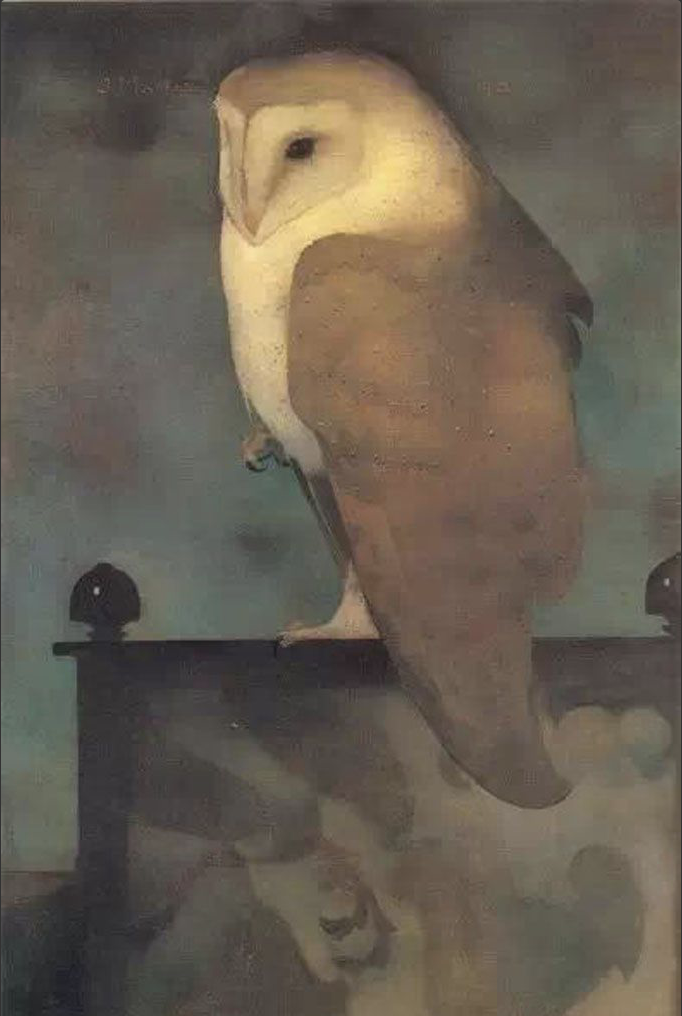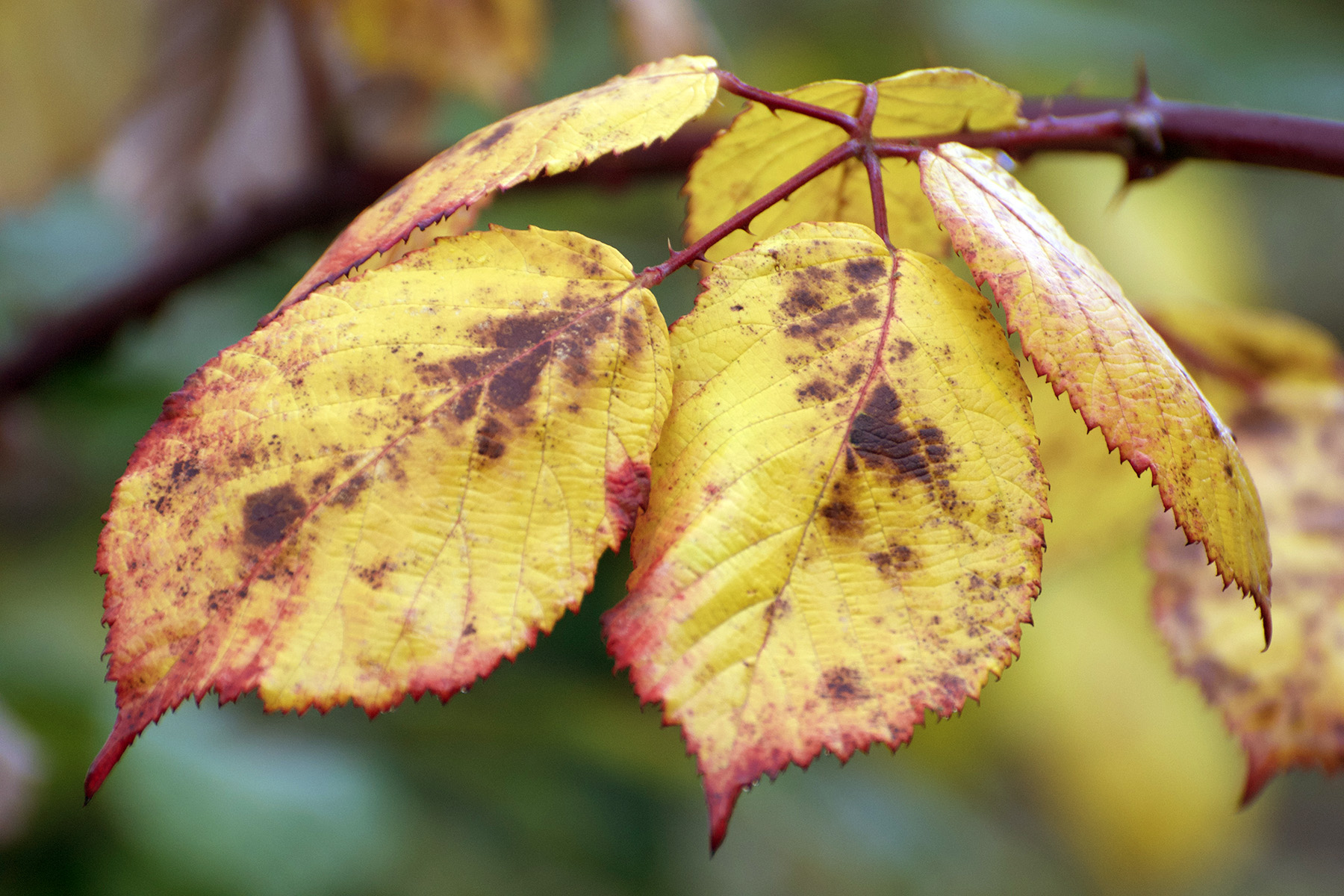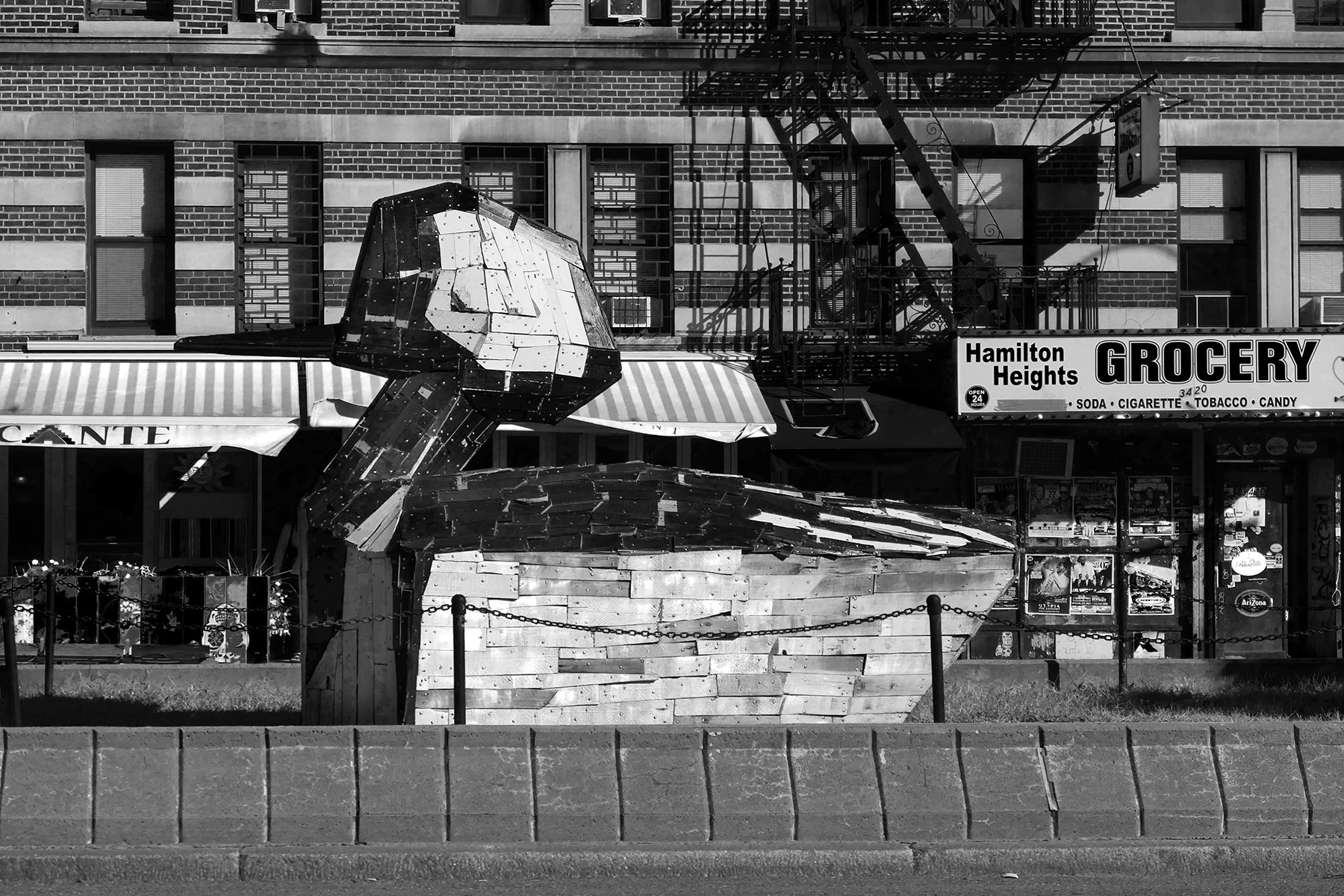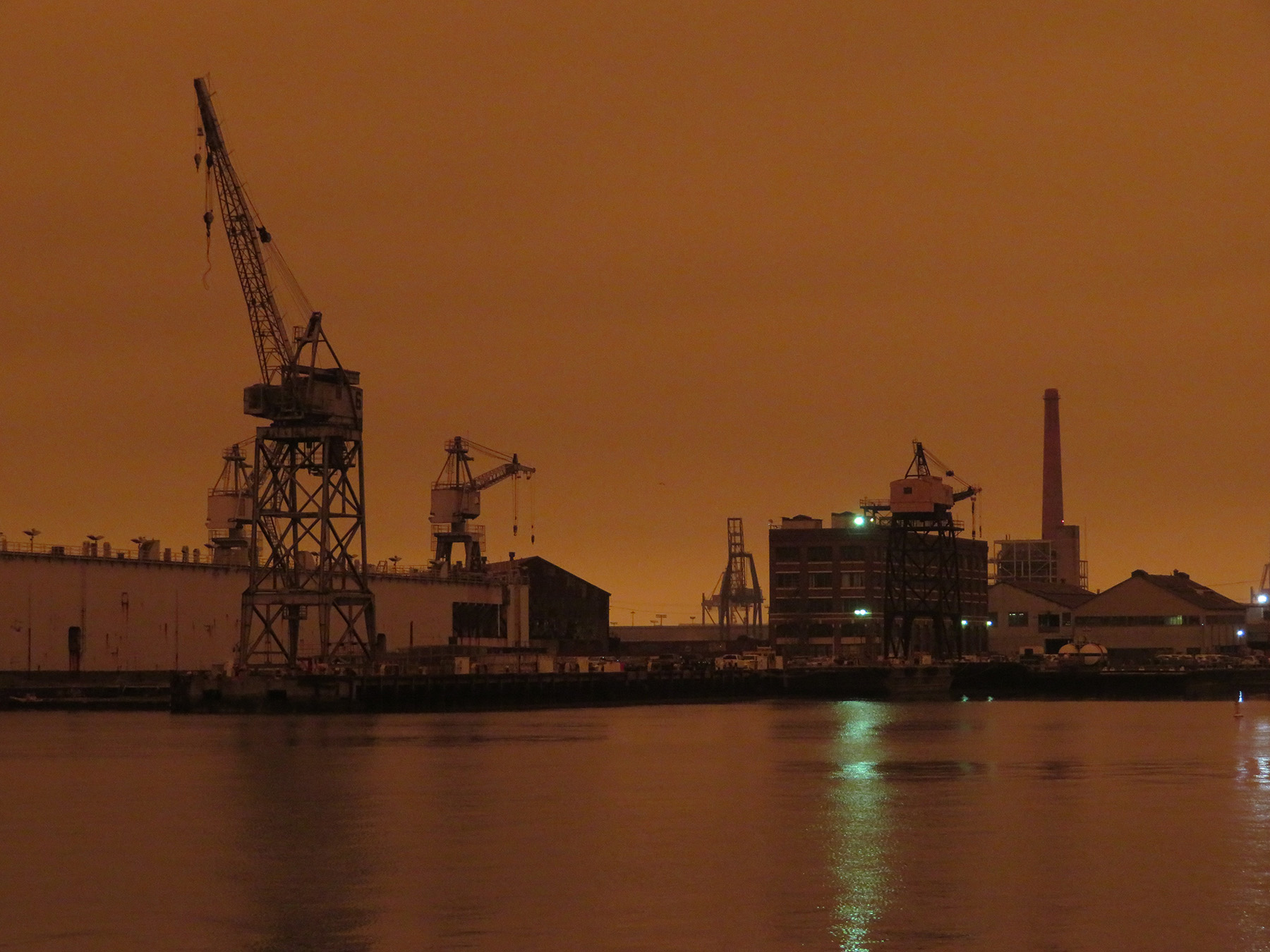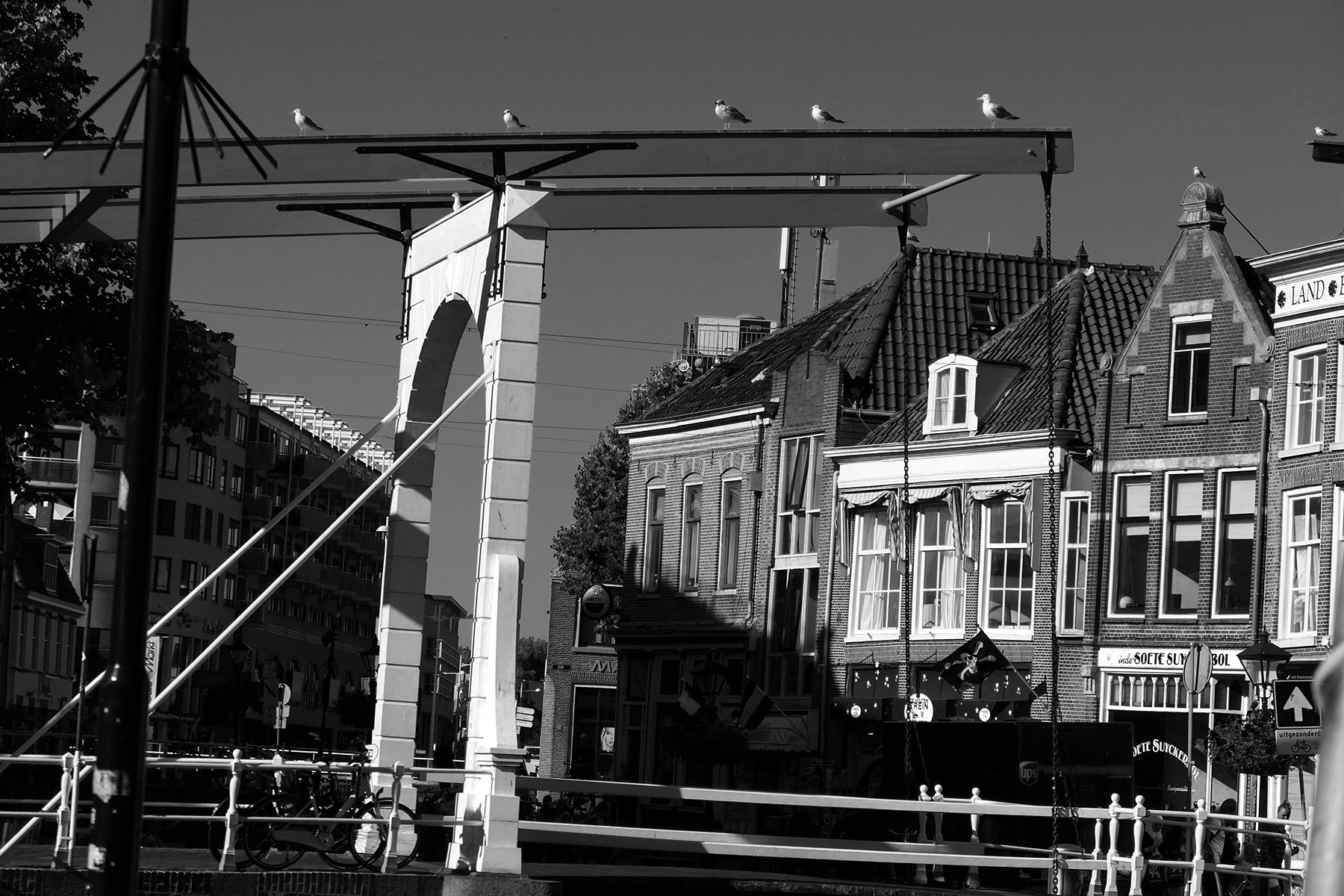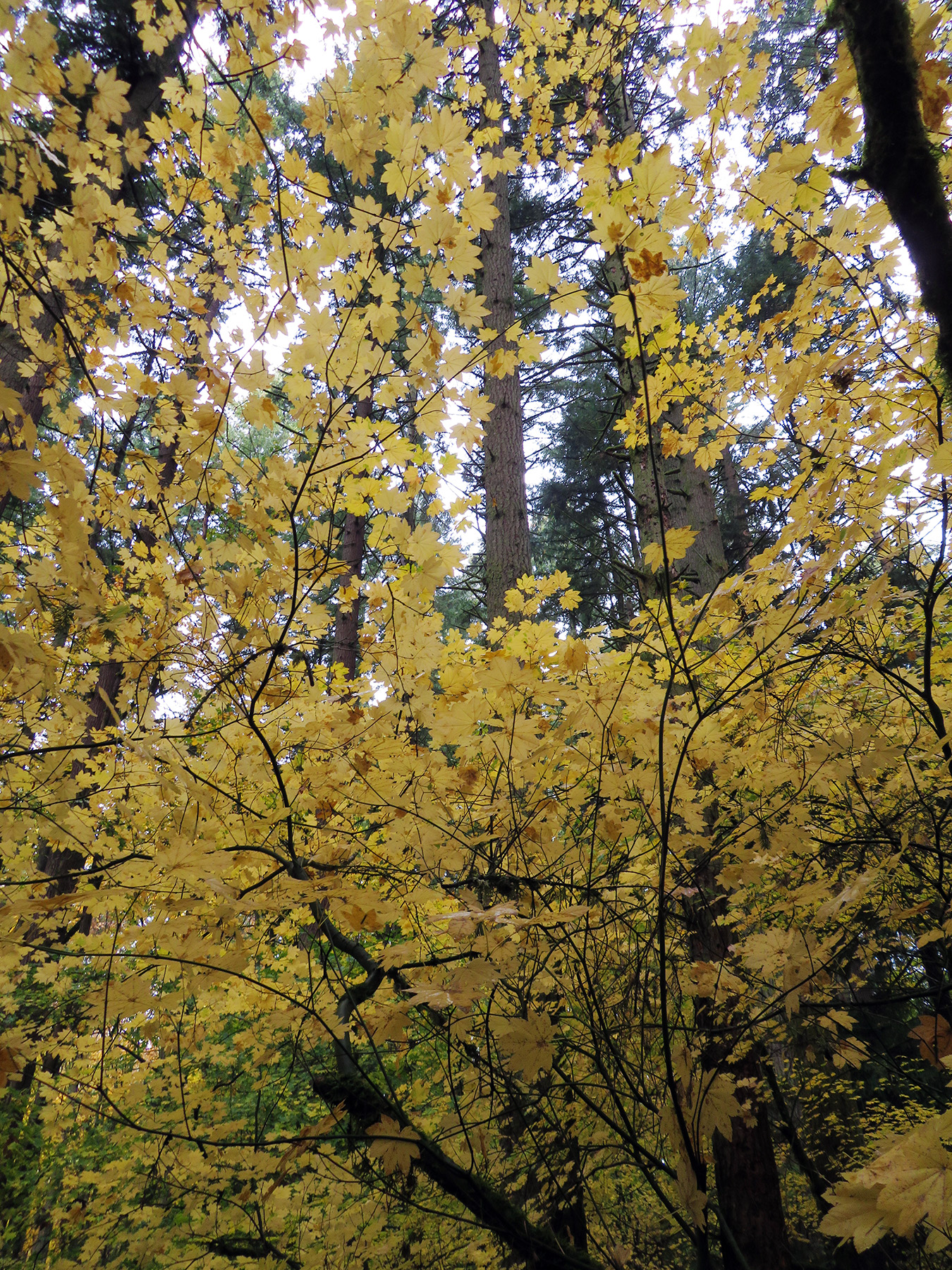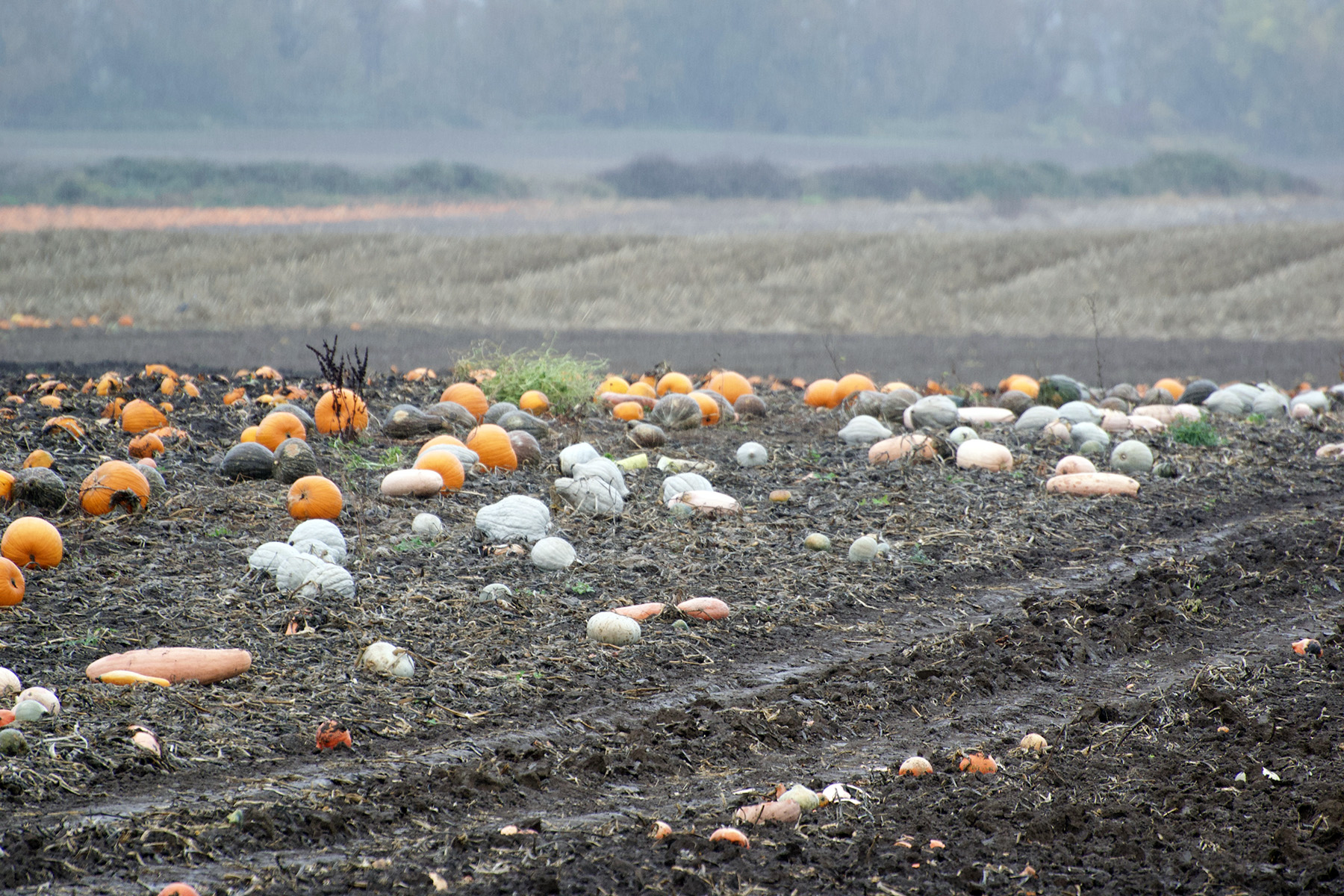This week I went to the Visual Arts Center in Newport, OR to pick up my work that had been there since March, the exhibition promptly available for view on their website only due to Covid-19 closures. Art institutions – for all the arts – are truly hard hit, particularly when they cannot fall back on large endowments, and need income from art sales or attendance sales. Hard to wrap your head around how many individual lives are affected, from artists to staff.

My series Postcards from Nineveh had used a mix of contemporary landscape photographs and old Dutch paintings of whaling and war ships to speak to issues of environmental degradation and protection. I looked at my montages with fresh eyes after this long hiatus, and also with a new thought picked up while reading up on today’s artist of interest, painter Alfred Wallis.


Wallis painted mostly ships that could not have been more different from the ships painted by Dutch maritime artists of the earlier centuries. The latter exhibit dominance, power, brinkmanship, while Wallis’ boats look more like streamlined, abstracted toys, mercilessly exposed to the power of the elements, escaping wrath by sheer luck.

I wondered if these differences have to do with the ideological role maritime commerce, exploration, colonialism and war readiness played for a small nation entirely dependent on it, as the Dutch were. Or if it had to do with the fact that Wallis, unlike many of the Dutch artists, spent a large hunk of his childhood and adulthood as a common sailor, risking his life sailing from Cornwall to South America and back many times over, fully aware of the existential danger of the trade.

Wallis’ life story (1855-1942) certainly reads like something out of a novel, a Dickensian one at that, except with no happy end. Orphaned as a young child he started working as a cabin boy on a schooner at the tender age of nine. Eventually he advanced to full seaman, teaching himself how to read, never having set foot into a school.
When on land, he was taken in by Susan, the mother of his only friend and lived with the family. 23 years his senior, Susan nonetheless agreed to marry him in 1875, when he was 20. She had until then given birth to 17 children of whom five survived, a fate not granted to the two babies she had with Wallis. By 1890 he moved the family to St. Ives, and gave up seafaring for a scrap metal collection business instead, accruing the nickname of Old Iron. That business ended with the decline of the Cornish fishing market due to rapid industrialization and capital acquisition by larger companies.

He and his beloved wife tried to scrape by, with various trade adventures, including making and selling ice cream on the streets of the small town that had become an artist colony, all amounting to nothing. When she died in 1922, her children purportedly stole their small savings, and abject poverty set in. To deal with his loneliness, Wallis took up painting at age 70 or so around 1925, using scraps of cardboard and wood and a very small palette of only 5 colors, most of them quite muted.

With no prior training he set to it quite productively, drawing and painting what was familiar, the ships, harbor, landscape and houses of St. Ives. He refused to join the ever growing colony of artists around him, and made a point of using only paints that were meant to paint ships and machinery, not artists’ oils or watercolors. Two notable artists,Ben Nicholson and Christopher Wood, claimed to have found another “Cézanne,” when they happened to pass by his cottage, and they started to buy some of his work and send others to people in the art world.

His growing success developed parallel to increasing signs of mental illness. Wallis isolated himself more and more, became paranoid, feeling persecuted, and had visions of the Devil invading his house. He was so debilitated that he could not keep up an independent life, squalor and disease taking over, and was eventually committed to a poorhouse – his largest fear in life – where he died. More details can be found here.
His work is as original as anything can be when done at your kitchen table, with no education or training, focussed on the things you know or that are meaningful to you. Others can talk about the stylistic inventions, his creativity in assigning spatial relations, his willingness to bend reality even when reality was what he cared about. Not clear to me if he tore up the rule book when he never knew what the rules were.
But I want to point out how much these small paintings speak to emotions, how the world that was closing in on him, existentially, mentally, physically is reflected in the feelings these art works evoke. There is something foreboding or dangerous that seems to hide behind the sails or the next corner, or in proportionally huge fish, at the same time that there is an energy that seems pushy and determined.
Nothing playful here, certainly nothing referential to art history, nothing trying to prove to an art world that you belong. All his very own vision, derived from 70 years of looking at the world, with no need for approval so important for the young, no thoughts of selling (he was shocked when the first sales occurred and ask the buyers to set the price – obviously not enough to prevent his trajectory towards the poorhouse.)

Starting late, blooming in your own four walls while in the process of disconnecting from society, putting personal expression it its purest form onto a surface seems both miraculous and also enviable. I assume there are millions of Wallises around the planet, almost none of them ever discovered, leaving a visual testimony of how they saw the world, while the world dims around them. Nothing naive about them, even when they get classified this way, and not much of Outsiderism either, given how they might be among us in multitudes. Art wills out, even when it gets late.

Some Shanties to go along with it all.

